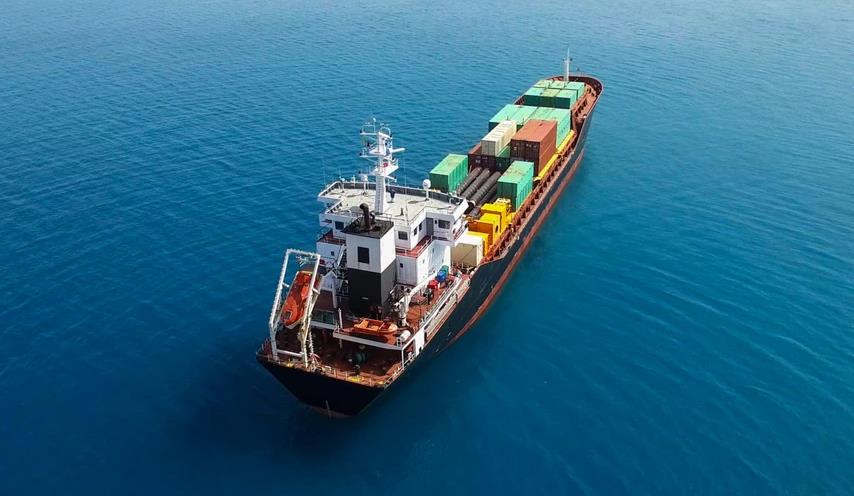On July 6th, CNBC in the United States reported that with the gradual recovery of economic activity in some parts of the world, the pattern of traditional shipping industry is changing.
CNBC stated that, stimulated by the recovery of trade and strong demand for commodities, global shipping business has become busy, but the disruption of global supply chains has caused many troubles to transportation demand.
In a recent report, JPMorgan analysts pointed out that port congestion and shortages of containers and ships will continue to exist for a period of time.
Research firm TS Lombard pointed out that as the economy reopens and vaccination rates rise, the demand for commodities such as oil, wood, and even corn prices has skyrocketed, leading to a shortage of container ships.
In April of this year, the world’s largest container ship, the “Changci”, was trapped in the Suez Canal, causing a week-long traffic interruption. This canal is the busiest waterway in the world, and 12% of shipping trade passes through it.
In addition, the People’s Daily reported that on May 21, one asymptomatic case of COVID-19 infection was found in the routine testing of the international cargo ship boarding operators in Yantian Port in Shenzhen. After the outbreak of the epidemic, Yantian Port implemented limited operations in accordance with the requirements of national, provincial, and municipal epidemic prevention and control. The number of operating berths was reduced from 20 to 5, and the daily throughput decreased to 11000 TEUs, only 30% of the usual level. Until midnight on June 24th, Yantian Port fully resumed overall operation.
JPMorgan analysts pointed out in the report that given that Shenzhen Yantian Port is the fourth busiest container port in the world, responsible for over one-third of Guangdong Province’s foreign trade imports and exports, and 1/4 of China’s trade volume with the United States, the recent month’s restrictions have had a certain chain reaction on the global supply chain, such as extending container turnover time and increasing shipping prices.
High demand and tight supply have led to an increase in ship prices. Ships have always been regarded as assets of shipping companies and are the main force generating cash flow. Therefore, an increase in the value of ships will drive up the company’s net asset value, which in turn will drive up the stock price.
JPMorgan analysts say shipowners are benefiting from the booming development of commodity trade. Due to the rebound in trade volume, especially the entry of minerals and grains into Asia, as well as China’s strong replenishment of iron ore and coal inventories, shipowners’ profits have been at their highest level in a decade since 2021.
According to the China Shipping Prosperity Report for the Second Quarter of 2021 released by the Shanghai International Shipping Research Center on July 5th, the China Shipping Prosperity Index reached 126.39 points in the second quarter of 2021, entering a relatively prosperous range and reaching a new historical high since its release; The confidence index of China’s shipping industry was 164.20 points, which was basically the same as that of the previous quarter and maintained in a strong boom range.
Among them, the overall operating conditions of container transportation enterprises continue to improve, and entrepreneurs have full confidence in their future operations and an optimistic attitude towards the market. From the perspective of various business indicators, although the operating costs of container transportation enterprises continue to rise significantly, the capacity investment of container transportation enterprises has slightly increased, the utilization rate of enterprise space has significantly increased, the level of freight rates has significantly increased, and the enterprise has maintained strong profitability; Moreover, the working capital of enterprises is very abundant, the difficulty of financing continues to decrease, loan liabilities continue to decrease, and the willingness of enterprises to invest in transportation capacity continues to increase significantly. The demand for labor also continues to increase, and the ability of enterprises to resist risks gradually strengthens.


